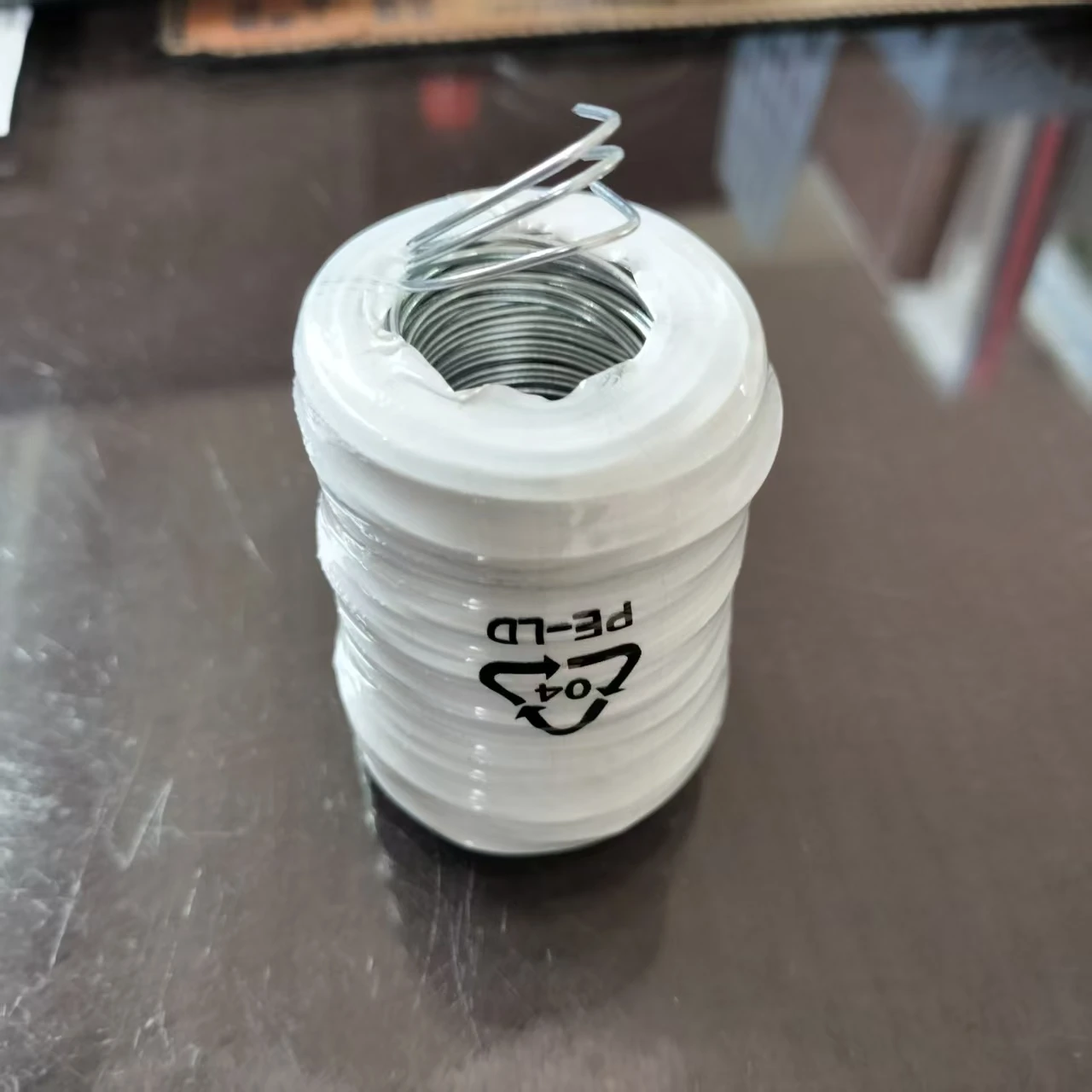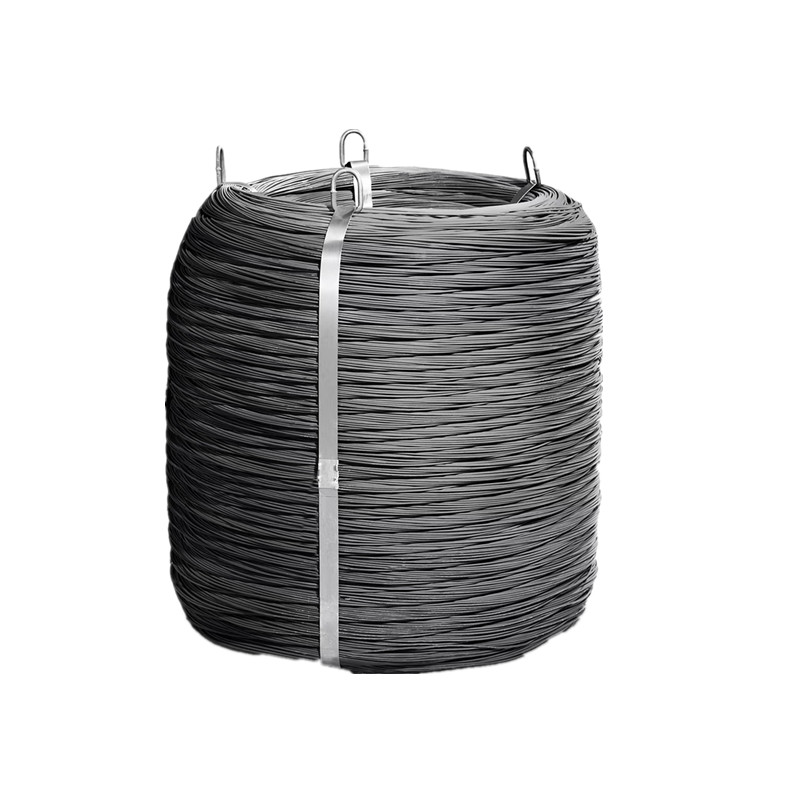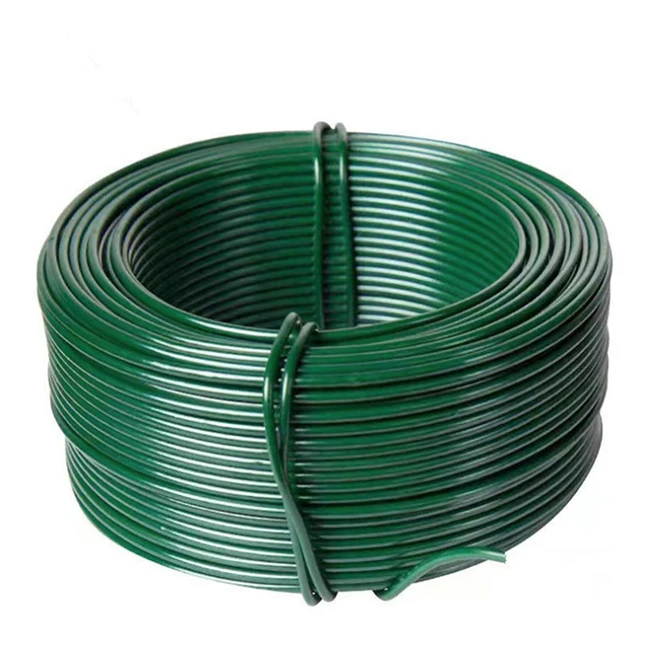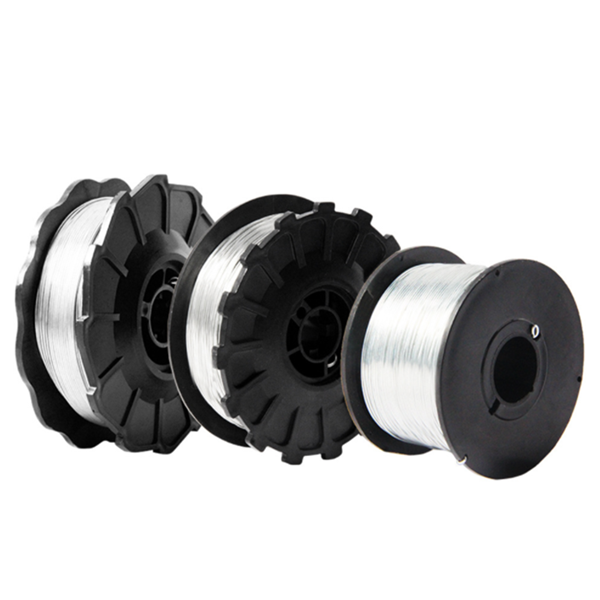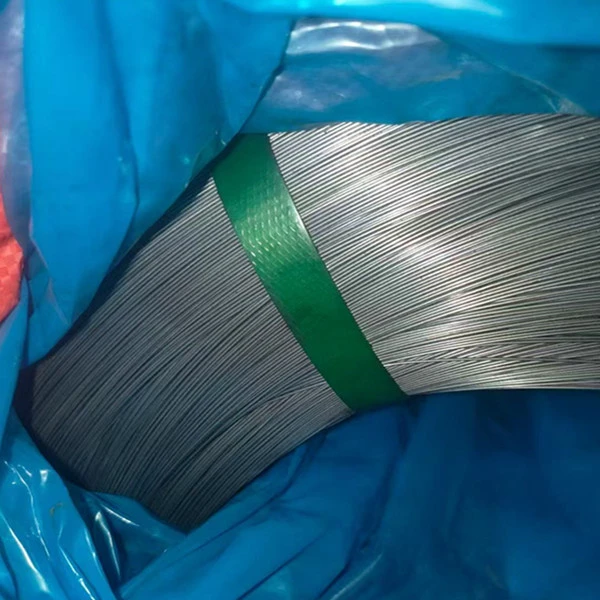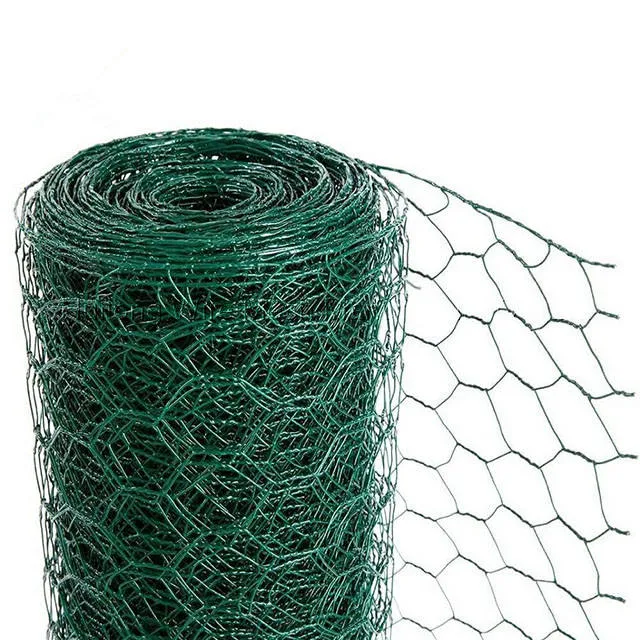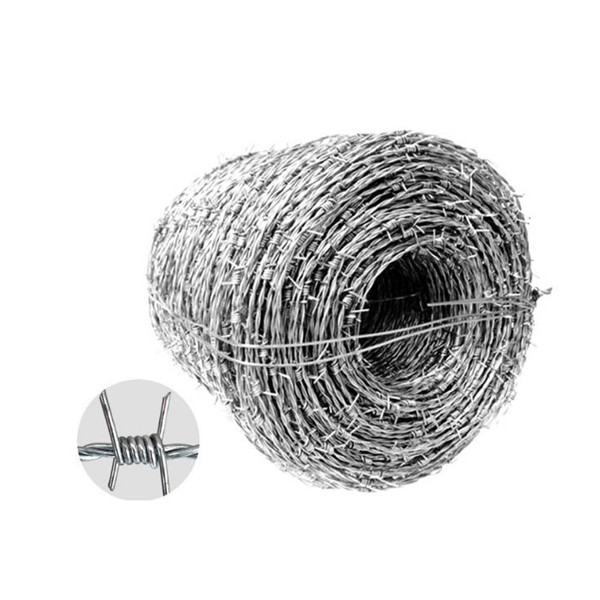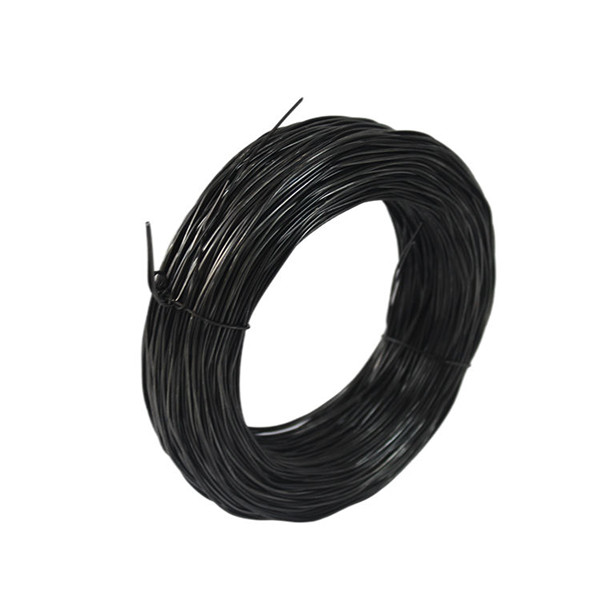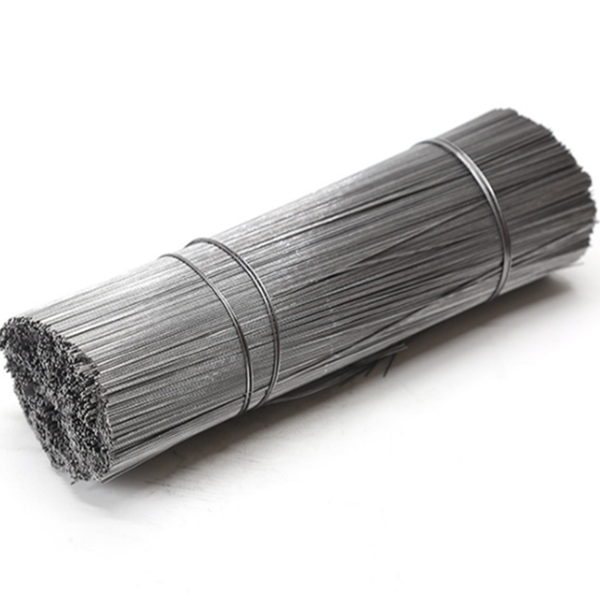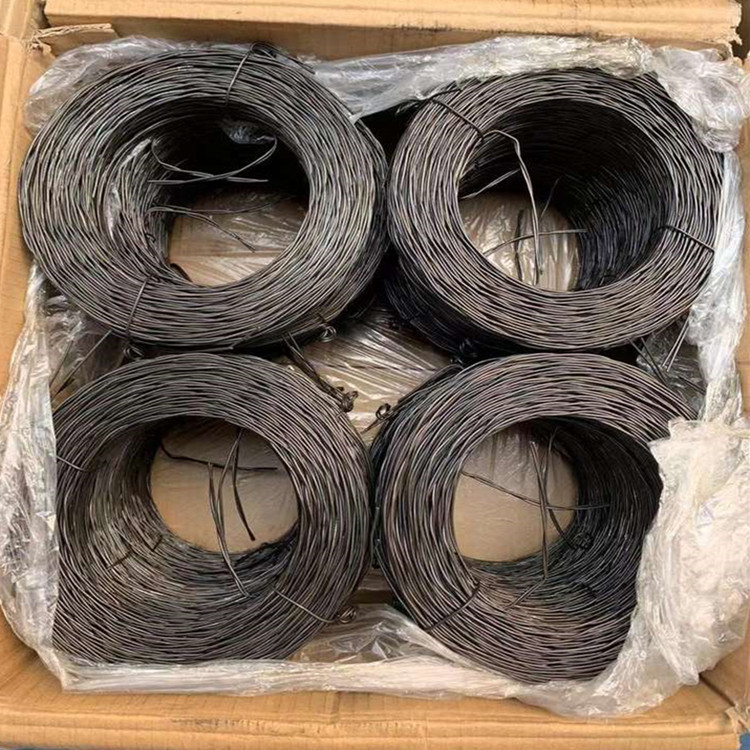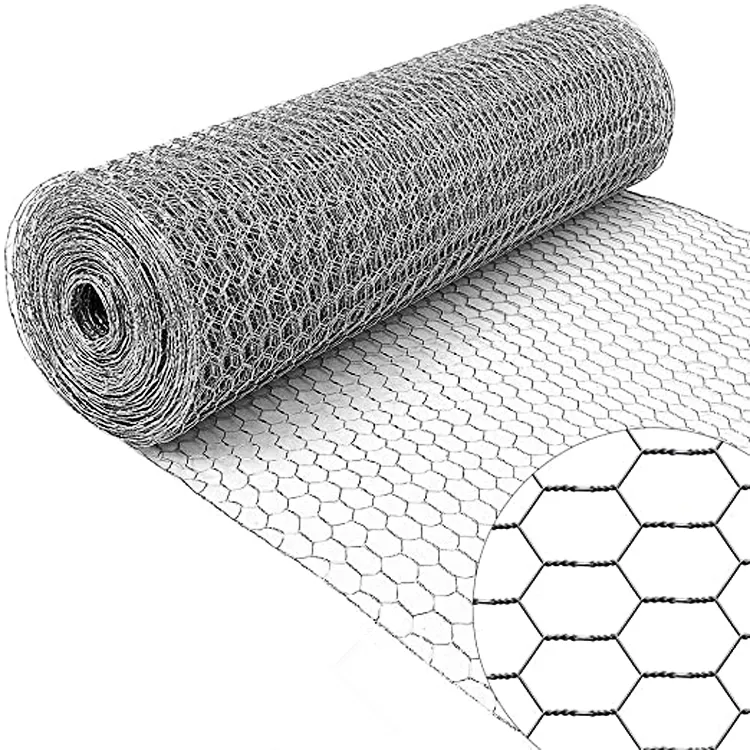Wire Barbed Fence: More Than Just a Boundary
At first glance, a wire barbed fence might seem like a straightforward tool—just strands of wire twisted with sharp barbs to keep things in or out. But in reality, it’s a bit more nuanced, and its significance ripples far beyond the obvious. Around the world, from sprawling farmlands to sensitive border zones, wire barbed fences play a vital role in security, agriculture, and even humanitarian efforts. Understanding these barriers and their broader implications is essential, whether you’re in industry, government, or just curious about how these age-old inventions stay relevant today.
Why Wire Barbed Fences Matter Globally
The wire barbed fence is ubiquitous — you see it cutting across rural pastures in the American Midwest, forming perimeters in African wildlife reserves, or marking sensitive facilities across Europe and Asia. According to the Food and Agriculture Organization of the UN, over 70% of global farmland uses some form of fencing to protect crops and livestock, with wire barbed fences being an economical and efficient option.1 But it’s not just about farms; barbed wire is the backbone of boundary security worldwide, impacting migration control, refugee camps, and wildlife conservation alike. Yet, amidst its widespread application, challenges like material corrosion, deployment logistics, and social impacts remain hot topics.
So why keep bothering with barbs in a digital world? Well, they offer a simple, low-tech, dependable solution to problems that are otherwise complicated — from keeping predators out to defining land ownership, to ensuring safe zones in conflict areas.
What Exactly Is a Wire Barbed Fence?
Put simply, it’s a type of fencing made by twisting wire strands with sharp points (barbs) spaced periodically. This design discourages crossing without the need for bulky or expensive barriers. The barbs can be made from steel or galvanized iron, and the wires often have zinc coatings to resist rust. In modern times, these fences aren't just farmland staples but critical tools in security and humanitarian contexts, like controlling human or wildlife movement or marking emergency perimeters during large-scale relief efforts.
Core Features That Make Wire Barbed Fences Tick
1. Durability
One of the key reasons for the wire barbed fence’s longevity is the use of galvanized or sometimes PVC-coated wire, which protects it from rust, weather, and time. This means installations can last a decade or more without major repairs, even in harsh conditions.
2. Scalability
Whether it’s a few hundred meters around a small garden or tens of kilometers enclosing a wildlife reserve, wire barbed fences can be quickly and economically scaled up or down depending on need.
3. Cost Efficiency
The materials and installation are generally affordable. Compared to concrete walls or electronic surveillance, the initial investment and upkeep are low, making it a go-to for budgets from farmers to NGOs.
4. Ease of Installation
Many workers can put up barbed wire fences without heavy machinery. This flexibility ensures rapid deployment, even in remote or disaster-hit areas.
5. Versatility
Used in everything from animal containment to border security, wire barbed fences fit various terrains and purposes without extensive modifications.
Mini takeaway:
Wire barbed fences blend ruggedness with adaptability, which partly explains their enduring popularity across diverse environments.
Global Applications: It’s Not Just About Farms
- Agriculture: Keeping livestock safe and protecting crops from wildlife is a classic use. Farmers worldwide—from Australia to Kenya—depend on these fences.
- Border Security: Nation-states erect barbed wire along borders to control crossings, like the extensive fences in parts of Eastern Europe and along the US-Mexico border.
- Humanitarian Zones: In refugee camps or post-disaster relief sites, wire barbed fences help manage safe perimeters and organize zones.2
- Wildlife Conservation: Protect endangered species by preventing poaching or human-wildlife conflicts in sensitive reserves in Asia and Africa.
- Industrial Sites: Factories and warehouses often use these fences for a low-cost, effective deterrent against trespassing.
Oddly enough, despite its simplicity, the barbed wire fence can be a key player in complex social and environmental challenges.
Benefits That Go Beyond The Fence
When you think about it, the wire barbed fence offers more than just a physical barrier:
- Economic Savings: Lower installation and maintenance costs mean more funds for other rural or relief priorities.
- Sustainability: Many manufacturers now offer eco-friendly, recyclable wire options that align with global green targets.3
- Safety & Security: It discourages unauthorized access without lethal force, preserving dignity alongside protection.
- Flexibility: Easily adapts to changing land use or organizational needs without expensive redesigns.
- Trust-building: Even the presence of a simple fence signals controlled space, often reducing conflicts.
Specifications of a Typical Wire Barbed Fence
| Feature | Description | Typical Value |
|---|---|---|
| Material | Galvanized steel wire with zinc coating | Diameter 2.5–3.2 mm |
| Barb Spacing | Sharp point clusters per length | 100 mm apart |
| Height | Standard fencing height options | 900 mm – 1800 mm |
| Corrosion Resistance | Zinc layer thickness | Minimum 45 g/m² |
| Tensile Strength | Wire breaking force | Approx. 600 N/mm² |
Choosing Your Barbed Wire Fence Supplier: A Quick Vendor Comparison
| Vendor | Material Quality | Customization Options | Delivery Speed | Pricing |
|---|---|---|---|---|
| Lanye Wire Mesh | Premium galvanized steel, eco coatings | Custom roll lengths, barb spacing | Typically 2-3 weeks | Competitive bulk rates |
| Global Wire Fencing Corp. | Standard galvanized | Limited customization | 4-6 weeks | Mid-range pricing |
| Fence Solutions Inc. | Basic steel wire, minimal coating | No customization | 2 weeks | Lowest pricing |
Looking Ahead: Innovations & Trends in Wire Barbed Fencing
It might feel old-fashioned to think about sophisticated advances in barbed wire, but innovation is quietly reshaping the category. For one, hybrid coatings are emerging that combine zinc with polymers, stretching service life while improving flexibility. Then, there’s digitization — by embedding RFID or IoT sensors near fence lines, some projects are moving toward automated perimeter alerts rather than patrols.
Another trend is sustainability. Industry insiders tell me there’s growing pressure to not just produce cheaper wire but “greener” wire, considering carbon footprint and recyclability. Plus, adapting fencing for rapidly deployable shelters or temporary camps following natural disasters is an emerging niche — modular fencing that assembles quickly yet remains sturdy.
What Challenges Remain — And How Are Experts Tackling Them?
Despite its benefits, wire barbed fencing isn’t without downsides. Corrosion, for instance, still eats away at many installations sooner than expected in salty or humid environments. Then there’s the ethical concern: the fencing sometimes disrupts wildlife migration routes or raises social tensions in politically charged areas.
That said, experts suggest solutions like biodegradable wire coatings, improved landscape planning, and community-inclusive processes when installing fences near inhabited zones. Also, innovations in smart monitoring mean fewer fences need to be physically “man-guarded,” reducing manpower and unintended conflicts.
Frequently Asked Questions About Wire Barbed Fence
- What is the typical lifespan of a wire barbed fence in outdoor conditions?
- With proper galvanized coating (around 45 g/m²) and routine maintenance, a wire barbed fence can last anywhere between 10 to 15 years, depending on climate factors like humidity and salt exposure.
- Can wire barbed fences be customized for different terrains?
- Absolutely. Vendors like Lanye Wire Mesh offer various barb spacing, wire diameters, and roll lengths to adapt fencing for steep slopes, rocky ground, or swampy areas.
- Are wire barbed fences suitable for wildlife conservation sites?
- Yes. When designed thoughtfully, barbed wire fences help protect endangered species from poachers and reduce human-wildlife conflicts. However, some wildlife-friendly modifications, like wildlife crossings or lower barbs, may be recommended.
- How quickly can wire barbed fences be installed in emergency situations?
- The process is relatively fast and does not require heavy equipment—teams can erect several hundred meters in a day, depending on manpower. This speed is why it’s popular in disaster relief and temporary camps.
- What are the environmental implications of using wire barbed fences?
- They are generally low-impact if responsibly sourced and installed. Modern options improve recyclability and reduce chemical leaching compared to older steel coatings.
Final Thoughts
In a world that often idolizes sleek digital solutions, the wire barbed fence quietly endures — a testament to the power of simplicity and reliability. Its ability to provide safety, define spaces, and support livelihoods worldwide means it remains relevant and necessary, even as the materials and methods evolve. If you’re considering fencing solutions, looking into the latest high-quality wire barbed fences and trusted suppliers like Lanye Wire Mesh could be the best step toward securing your perimeter sustainably and cost-effectively.
So whether you're a farmer, project manager, or governmental agency, investing in knowledge and quality fencing means peace of mind in the everyday—and sometimes, peace itself.





